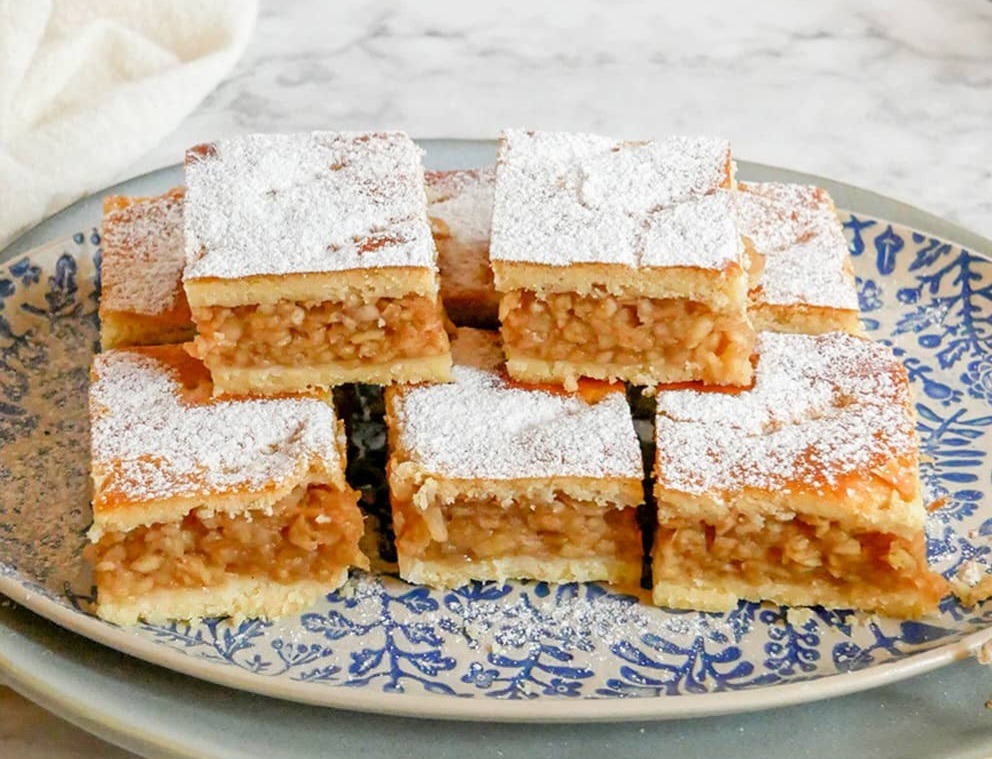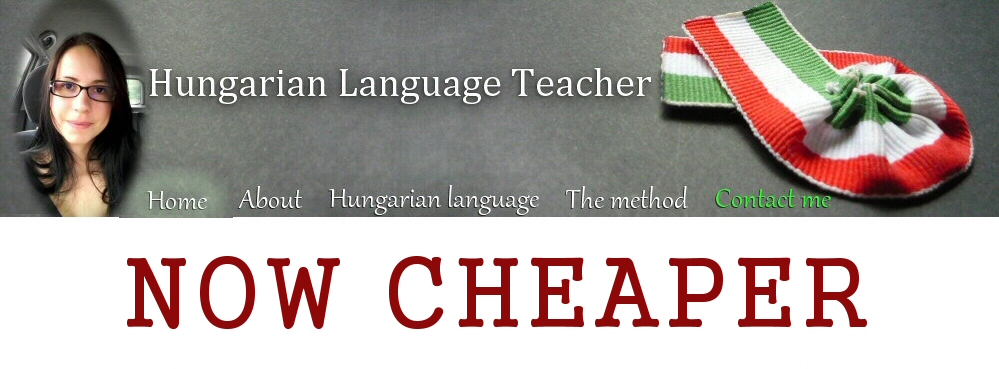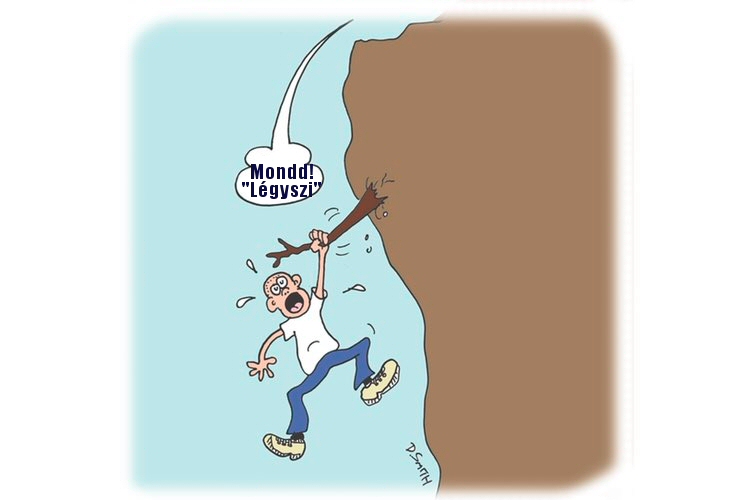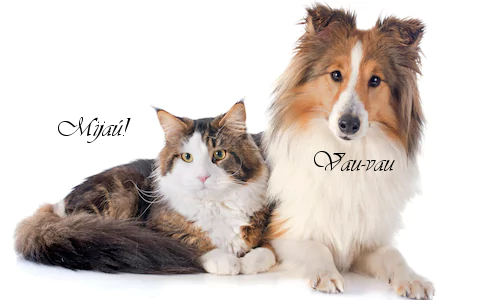A tasty way to practice verbs.
Almás pitét sütöttem vasárnap.
I baked an apple pie on Sunday.

The picture is from the blog Annuskám.
I was too hungry to take pictures !
Imádom az almás pitét!
I adore apple pie!
Szeretnéd tudni a receptet?
Would you like to know the recipe?
There are two main ways to write recipes in Hungarian. Often you will read the in the 1st person plural (we) form. Other times you will find them in the more complicated 2nd person imperative (you).
I will write the recipe in both.
Hozzávalók (Ingredients)
A tésztához (for the dough)
500 gramm liszt (500 g / half a kg flour)
1 tojás (1 egg)
1 tojássárgája (1 egg yolk)
100 gramm porcukor (100 g powdered sugar)
6 gramm sütőpor (6 g baking powder – about half of a little packet)
250 gramm puha teavaj vagy margarin (100 g butter – take it out of fridge an hour before)
1/4 teáskanál só (1/4 teaspoon of salt)
70 gramm tejföl (70 g sour cream, I use dairy free, do not use double cream of milk instead!)
A töltelékhez (for the filling)
1,3 kilogram alma – reszelés után 1 kg (1,3 kilo of apples, 1 kilo after grating)
100 gramm cukor (100 g sugar)
fél teáskanál fahéj (half a teaspoon cinnamon)
fél citrom leve (juice of half a lemmon)
búzadara vagy aprószemű zabpehely (semolina or fine oat flakes)
Ezt a mennyiséget duplázhatod, ha sok almát szeretnél bele!
You can double up the amount if you want loads of apples in it!
A tetejére (on the top)
1 tojássárgája (1 egg yolk)
Elkészítés (the preparation)
| A hozzávalókból tésztát gyúrunk és betesszük a hűtőbe. We knead the dough using the ingredients and put it in the fridge. | A hozzávalókból gyúrj tésztát és tedd be a hűtőbe! Knead the dough using the ingredients and put it in the fridge. |
| Lereszeljük az almát. We grate the apples. | Reszeld le az almát! Grate the apples. |
| Kinyomkodjuk a levét (ezt megihatod 🙂 ). Squeeze its juice (you can drink that 🙂 ) | Nyomkodd ki a levét! Squeeze its juice. |
| Hozzákeverjük a cukrot, fahéjat, citromlevet. We mix it with the sugar, cinnamon, lemon juice. | Keverd hozzá a cukrot, fahéjat, citromlevet! Mix it with the sugar, cinnamon, lemon juice. |
| A sütőt előmelegítjük 180 fokra. We preheat the oven to 180 Celsius degrees. | Melegítsd elő a sütőt 180 fokra! Preheat the oven to 180 Celsius degrees. |
| Egy kb. 30×40-es tepsit kijavazunk, kilisztezünk. We spread butter and then flour in a baking tin, of the size about 30×40 cms (maybe smaller). | Vajazz ki és lisztezz ki egy kb. 30×40-es tepsit! Spread butter and then flour in a baking tin, of the size about 30×40 cms (maybe. |
| Lisztet szórunk a nyújtódeszkára. We spread some flour on the board. | Szórj lisztet a nyújtódeszkára! Spread some flour on the board! |
| A tészta felét kinyújtjuk a tepsi méretére és a tepsibe helyezzük (előtte lazán feltekerjük a nyújtófára). We roll half of the dough to the size of the tray and lay it in the tray (we roll it gently on your rolling pin beforehand). | Nyújtsd ki a tészta felét a tepsi méretére és helyezd a tepsibe (előtte lazán tekerd fel a nyújtófára!) Roll half of the dough to the size of the tray and lay it in the tray (roll it gently on your rolling pin beforehand). |
| Megszórjuk darával. Ráhelyezzük az alma tölteléket egyenletesen, majd a tészta másik felét is kinyújtjuk és a tetejére helyezzük. Sprinkle with semolina. We put the apple filling on it evenly and and we roll the other half of the dough and place it on top. | Szórd meg darával! Helyezd rá a tölteléket egyenletesen, majd a tészta másik felét is nyújtsd ki és helyezd a tetejére! Sprinkle with semolina. Put the apple filling on it evenly and and roll the other half of the dough and place it on top. |
| Lekenjük a felvert tojással, sok helyen megszúrkodjuk villával és a sütőbe tesszük kb. fél órára. We spread the bitten egg on top, prick it at many places with a fork and put it into the oven for about 30 minutes. | Kend le a felvert tojással, szúrkodd meg sok helyen villával és tedd a sütőbe kb. fél órára! Spread bitten egg on top, prick it at many places with a fork and put it into the over for about 30 minutes. |


























Recent Comments